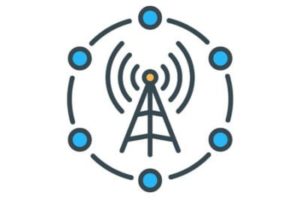
Google has released its first batch of COVID-19 Community Mobility Reports. The reports use aggregated Google Maps data to track the movements of people during the pandemic.
The tech giant is hoping that public health officials will be able to use the information to make more informed decisions and slow the spread of the coronavirus. To that end, the reports will show if people are concentrating in key areas like grocery stores or on public transit. If the clusters are too dense, officials can take steps to address the problem. For example, they can extend store hours to reduce the number of shoppers at any one time, or increase the number of busses to make sure that people can still practice social distancing during their commute.
The data in the reports is gathered from Google Maps users who have their Location History setting turned on. To ensure privacy, the data is completely anonymous, and the Location History setting is turned off by default. Users who have activated the feature can also turn it off and delete their Location History at any time.
The reports themselves will not disclose the absolute number of visits to any one location, though they will track percentage changes in those numbers. There will not be any personally identifiable information, nor will the reports detail the specific movements of any individual.
The first batch includes data from 131 different countries, with supplemental regional data for specific areas. Google plans to increase the number of available countries and regions to make the reports more responsive in the days and weeks to come.
The Community Mobility Reports represent one of the more comprehensive attempts to use of modern tracking technology to battle the pandemic. UC San Francisco has asked volunteers to share their biometric and movement data with its Citizen Science project, while SuperCom is using smartphones and ankle tags to make sure that those with the virus observe their quarantine. However, neither organization rivals Google’s size or its vast resources.
Russia is also using surveillance cameras with facial recognition capabilities to enforce quarantines during the pandemic.

Follow Us